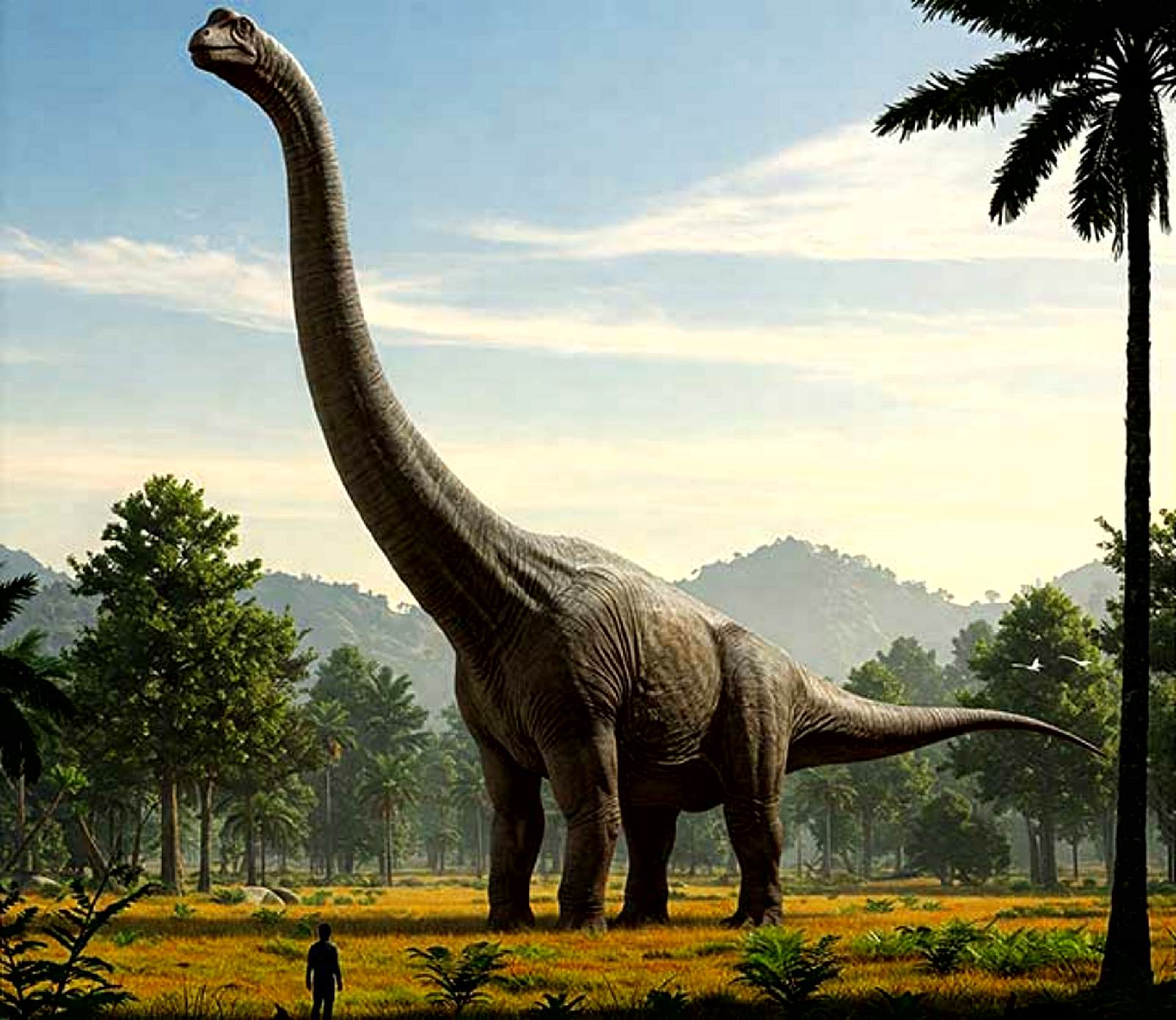Frogs: Our Crucial Amphibian Allies
Frogs play an important role in the environment as both consumers and prey. As consumers, frogs eat a variety of insects, including mosquitoes, flies, and beetles. This helps to control insect populations, which can prevent the spread of disease and damage to crops. Frogs are also a food source for many other animals, including snakes, birds, and fish. This helps to maintain the balance of the ecosystem.
In addition to their role in the food chain, frogs also help to clean up our environment. Tadpoles, the juvenile form of frogs, eat algae and other microorganisms in water bodies. This helps to keep water clean and healthy. Frogs also help to control the spread of invasive species. For example, bullfrogs are known to eat zebra mussels, an invasive species that can damage infrastructure and ecosystems.
Overall, frogs play an important role in the environment. They help to control insect populations, clean up our water bodies, and control the spread of invasive species. We should all do our part to protect frogs and their habitats.
Common Frogs in the United States
American Bullfrog
The American bullfrog is the largest frog in North America, growing up to 6 inches long. It has a green or olive-brown back with darker spots, and a white underside. Bullfrogs are found in a variety of habitats, including ponds, lakes, swamps, and marshes. They are voracious predators, eating insects, other frogs, and even small mammals.
Gray Treefrog
The gray treefrog is a small frog, growing up to 2 inches long. It has a gray or green back with darker spots, and a white underside. Gray treefrogs are found in a variety of habitats, including forests, woodlands, and meadows. They are arboreal frogs, meaning they spend most of their time in trees.
Pacific Treefrog
The Pacific treefrog is another small frog, growing up to 2 inches long. It has a green or brown back with darker spots, and a white underside. Pacific treefrogs are found in a variety of habitats, including forests, woodlands, and meadows. They are also arboreal frogs.
Fowler's Toad
Fowler's toad is a small toad, growing up to 4 inches long. It has a brown or olive-green back with darker spots, and a lighter underside. Fowler's toads are found in a variety of habitats, including forests, woodlands, and meadows. They are terrestrial toads, meaning they spend most of their time on the ground.
Eastern Spadefoot Toad
The eastern spadefoot toad is a small toad, growing up to 3 inches long. It has a gray or brown back with darker spots, and a lighter underside. Eastern spadefoot toads are found in a variety of habitats, including forests, woodlands, and meadows. They are also terrestrial toads.
Endangered Frogs in the United States
Dusky Gopher Frog
Reticulated Flatwoods Frog
The reticulated flatwoods frog is a threatened frog, found in Florida and Georgia. It is a small frog, growing up to 2 inches long. It has a gray or brown back with darker spots, and a lighter underside. Reticulated flatwoods frogs live in pine flatwoods, where they breed in temporary pools.
Tarahumara Frog
The Tarahumara frog is an endangered frog, found in Arizona and Mexico. It is a small frog, growing up to 2 inches long. It has a gray or brown back with darker spots, and a lighter underside. Tarahumara frogs live in canyons, where they breed in streams.
A Future for Frogs: What We Can Do to Help
Frogs are an important part of the environment. They help to control insect populations and are a food source for other animals. However, frogs are in decline worldwide due to a number of threats, including habitat loss, pollution, and climate change.
There are a number of things we can do to help frogs:
Reduce our use of pesticides and herbicides.
Protect and restore wetlands.
Reduce our carbon footprint to help mitigate climate change.
Create frog-friendly habitats in our own yards and gardens.
Support organizations that are working to conserve frogs.
By taking these steps, we can help to protect frogs and ensure that they continue to play an important role in our environment.
Unlikely Buddha 2023

.jpeg)
.jpeg)
.jpeg)
.jpeg)
.jpeg)
.jpeg)
.jpeg)
.jpeg)


Comments
Post a Comment